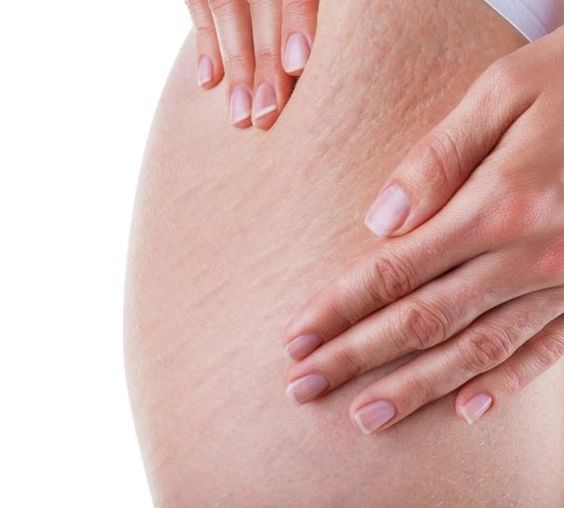What is Cellulite?
Cellulite is a common skin condition that gives the skin a dimpled, lumpy appearance. It's sometimes described as having a cottage cheese or orange peel texture. Cellulite occurs when fat deposits push through the connective tissue beneath the skin. It most commonly appears on the thighs, buttocks, hips, and abdomen.

While cellulite is entirely harmless, it can cause some to feel self-conscious about their appearance. If you’re concerned about the appearance of cellulite, you’re not alone — it affects an estimated 80-90% of women. While less common in men, it is not unheard of.
What Causes Cellulite?
The exact cause of cellulite is unknown, but several factors likely contribute to its development.
- Hormones: Hormones, particularly estrogen, likely play a role in cellulite development. This is why it’s more common in women, especially during puberty, pregnancy, and menopause when hormone levels fluctuate.
- Genetics: Some individuals may be genetically predisposed to developing cellulite due to factors like their metabolism, fat distribution, and circulatory health.
- Lifestyle Factors: While not a direct cause, a sedentary lifestyle, smoking, and a diet high in processed foods may contribute to cellulite development.
- Age: Skin naturally becomes thinner and loses elasticity with age, making cellulite more visible.
Can You Treat Cellulite?
Unfortunately, there is no permanent cure for cellulite. However, certain treatments may help reduce its appearance. It's essential to approach these treatments with realistic expectations, as results vary from person to person.
- Topical Creams: Numerous topical creams claim to reduce cellulite. While some may temporarily improve the skin's appearance, there's little scientific evidence to support their long-term effectiveness.
- Massage: Regular massage may help improve lymphatic drainage and blood circulation, potentially minimizing cellulite's appearance.
- Exercise & Diet: While not a direct treatment, a healthy lifestyle that includes regular exercise and a balanced diet can help reduce body fat and improve muscle tone, making cellulite less noticeable.
- Medical Procedures: Several minimally invasive medical procedures, like laser therapy, radiofrequency, and acoustic wave therapy, claim to reduce cellulite. While these procedures can offer some improvement, results often vary and require multiple sessions.
Embracing Your Skin
Cellulite is incredibly common and doesn't pose any health risks. If you’re concerned about cellulite's appearance, it’s important to remember that beauty comes in all shapes and sizes. While treatments may help minimize its appearance, embracing your natural body and focusing on overall health and well-being is essential.

.jpg)